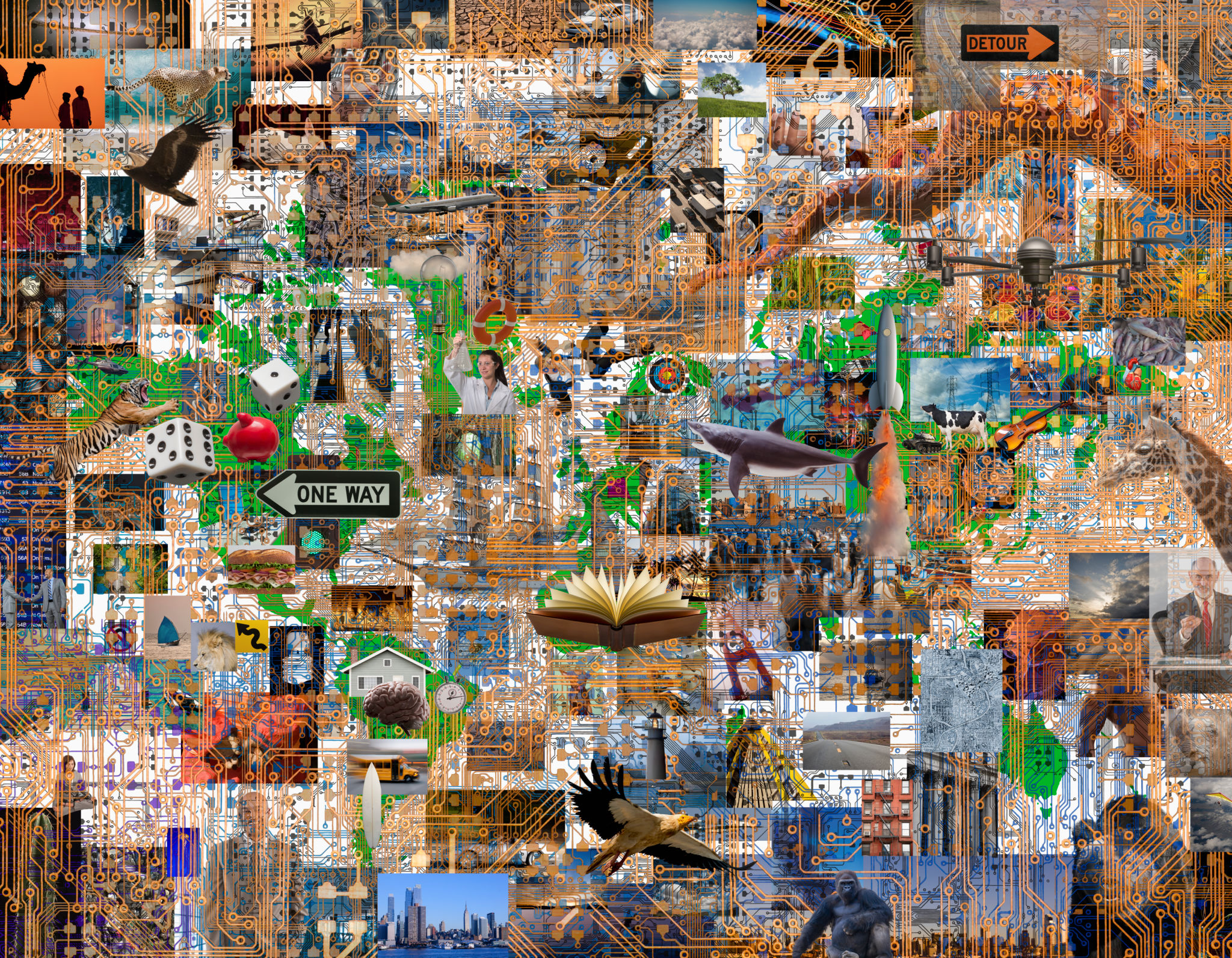Drone Footage Trends for Upcoming Projects: What to Expect and How to Stay Ahead
The Rise of Drone Footage in Modern Projects
Drone technology has experienced a meteoric rise in recent years, transforming from a niche hobby into a crucial tool across various industries. As we look to the future, it's essential to understand the emerging trends in drone footage and how they can benefit upcoming projects. Whether you're involved in filmmaking, real estate, or environmental studies, staying ahead of these trends can provide a competitive edge.
The integration of drones in project planning and execution is no longer optional but rather a vital component of modern strategy. By understanding these trends, businesses and professionals can harness the full potential of drone technology to create captivating and informative visuals.

Improved Camera Capabilities
One of the most significant advancements in drone technology is the improvement in camera capabilities. Modern drones are equipped with high-resolution cameras that can capture stunning visuals even in challenging conditions. This enhancement allows for more detailed and vibrant footage, making it ideal for high-quality productions.
Furthermore, advancements in stabilization technology mean that drones can now provide smoother and more stable shots. This is particularly beneficial for industries like filmmaking, where cinematic quality is paramount. As these technologies continue to evolve, we can expect even better image quality and more creative possibilities.
Integration with AI and Machine Learning
AI and machine learning are increasingly being integrated into drone systems, offering new functionalities that were previously unimaginable. These advancements allow drones to perform tasks such as object recognition, path planning, and autonomous flight. This integration not only enhances the efficiency of drone operations but also opens up new possibilities for data collection and analysis.

For industries like agriculture and construction, AI-powered drones can analyze large areas quickly and provide valuable insights that drive decision-making processes. As AI technology continues to improve, drones will become even more indispensable tools for data-driven projects.
Real-Time Data Transmission
The demand for real-time data transmission is increasing across various sectors. Drones now have the capability to stream live footage directly to operators or control centers, providing instant access to critical information. This feature is particularly valuable for emergency response teams, environmental monitoring, and security operations.
Real-time data transmission ensures that stakeholders can make informed decisions rapidly, improving response times and outcomes. As this technology becomes more widespread, the ability to access live data will become a standard expectation in many industries.

Regulatory Developments
As drone usage becomes more prevalent, regulatory bodies are adapting to ensure safe and responsible operation. New regulations are being developed to address concerns such as airspace management, privacy issues, and safety protocols. It's crucial for organizations to stay informed about these regulatory changes to remain compliant.
Staying ahead of regulatory developments not only ensures legal compliance but also helps businesses avoid potential fines and operational disruptions. By understanding the regulatory landscape, companies can plan their drone operations more effectively and responsibly.
Conclusion: Staying Ahead of the Curve
To stay ahead in the rapidly evolving field of drone technology, it's essential to keep abreast of these emerging trends. By leveraging improved camera capabilities, AI integration, real-time data transmission, and staying informed about regulatory changes, businesses can maximize the benefits of drone footage for their upcoming projects.
Investing in ongoing education and training for staff involved in drone operations is also crucial. This ensures that teams are equipped with the knowledge and skills required to utilize drones effectively and maximize their potential impact on project outcomes. Embracing these trends will not only enhance project quality but also position companies as forward-thinking leaders in their respective industries.
